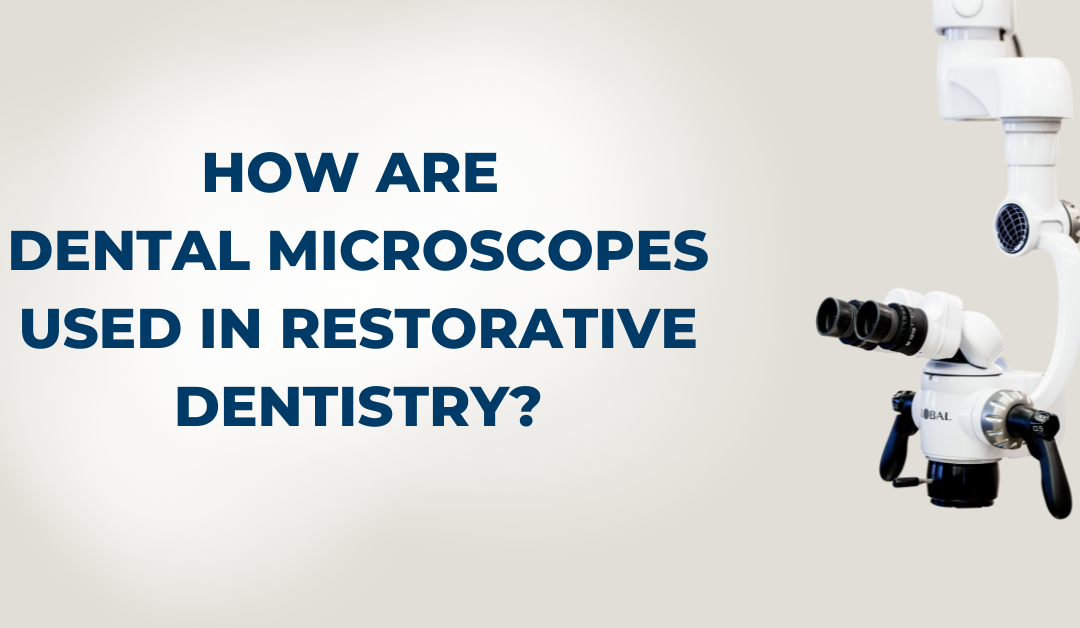Comparing Ergonomics: Dental Microscope vs Loupes
.png)
The two most popular magnification technologies today are dental loupes and microscopes. In this article, we’ll compare and contrast these devices on their contributions to long-term ergonomics.
For full disclosure, our company manufactures microscopes, but we understand there may be areas where loupes provide advantages, such as cost. We’ve been promoting the use of surgical microscopes in dentistry for over 25 years, supporting numerous clinical advantages. Today, we do our best to provide honest and transparent advice so you can make an educated decision.
Both dental loupes and dental microscopes offer improved ergonomics compared to traditional methods of visualizing the oral cavity during dental procedures. However, when comparing the two, dental microscopes generally offer better ergonomics due to their superior optics and adjustability.
Dental loupes are essentially magnifying glasses that are mounted onto a pair of eyeglasses or a headband. They provide a magnified view of the oral cavity and allow the operator to see fine details more clearly. However, dental loupes have some limitations in terms of their adjustability and the quality of their optics.
In contrast, dental microscopes are highly adjustable and offer superior optics, providing a more detailed and precise view of the oral cavity. They typically offer a wider field of view and greater depth of field than dental loupes, making it easier for the operator to see and work in difficult-to-reach areas.
In terms of ergonomics, dental microscopes offer several advantages over dental loupes. Firstly, they are typically mounted on a flexible arm or boom, which allows them to be positioned precisely where needed for each procedure. This reduces the need for the operator to adopt awkward postures or positions to get a good view of the oral cavity.
Secondly, dental microscopes offer a comfortable working distance between the operator and the patient. This means that the operator can work in a more natural posture, with less strain on the neck and back. In contrast, dental loupes require the operator to work at a closer distance to the patient, which can result in more strain on the neck and back over time.
Finally, dental microscopes often have advanced features such as automatic focusing and zoom capabilities, which can further reduce the need for the operator to make awkward movements or adjust the microscope manually.
In summary, while dental loupes offer improved ergonomics compared to traditional methods of visualizing the oral cavity, dental microscopes generally offer superior ergonomics due to their advanced optics, adjustability, and comfort. The investment in a dental microscope can ultimately lead to reduced strain and fatigue for the operator, which can help to improve overall efficiency and quality of care.
For more on the topic of comparison across a variety of categories, including cost and functionality, visit our complete impartial analysis: Dental Loupes Vs Microscopes: 5 Key Categories.
Questions? Reach Out!
We’re proud to be based in the US, with manufacturing and assembly facilities in St. Louis, MO. This helps us give our customers the best service, domestically and internationally. And, as part of our commitment to our customers, we offer a limited lifetime warranty on our scopes (US & Canada customers only).
If you’re considering adding a microscope to your practice or you just want to learn more about utilizing a dental microscope, we are here to help! Please feel free to reach out at 800-861-3585 or by clicking the button below.



.png)